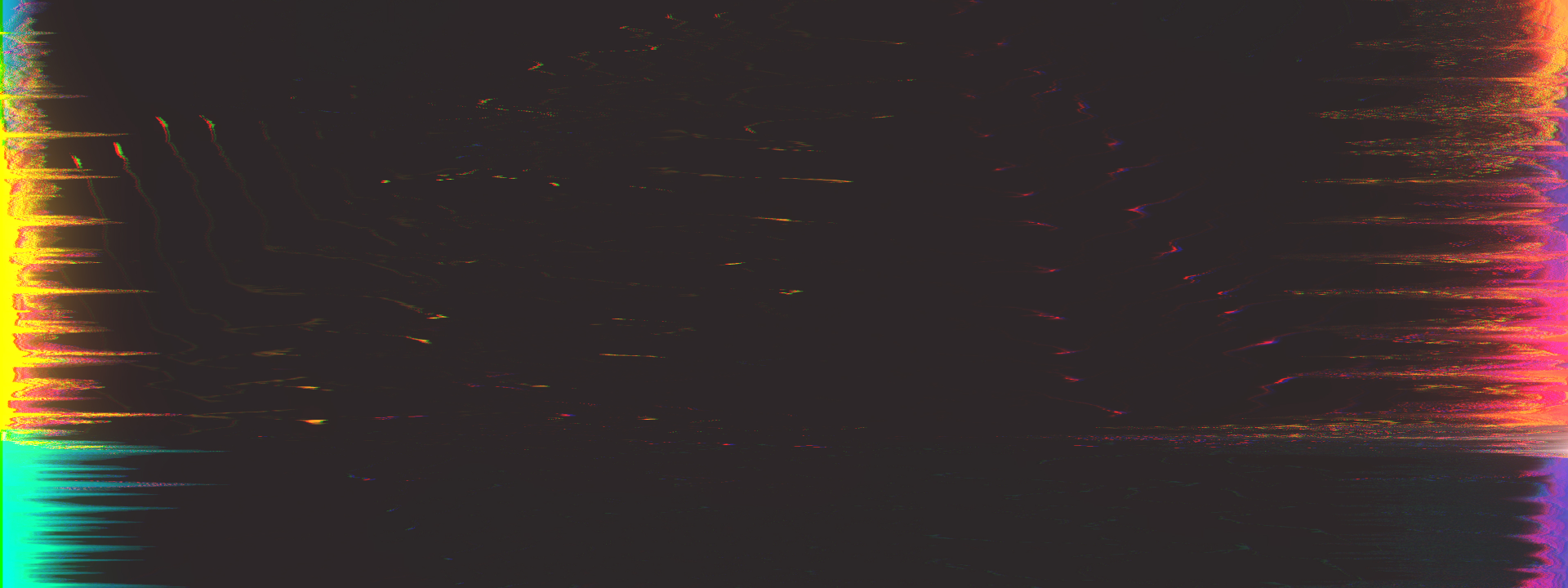My imagination about the future corresponds to identifying contrasts between the global north and south. The north, to my perception, represents too many generic buildings, with transitory or passing ambiance, with sumptuous volumes loaded in chrome, glass, or fiberglass and very cold – to the molds of the cities-scenery as Las Vegas – with artificial plants that do not dirty and are efficient in mimicking an instagrammable well-being. In these places, resources and technology are concentrated, and everyone complies with the standards accepted there, acting so that the accumulation intensifies7. The south not only refers to the southern region of the consensual political representation of the globe but to the diverse souths that exist and are the counterpoint to the accumulation of the global north. In these places, aridity by the subtraction of natural resources and the lack of basic sanitation and dignified subsistence, precariousness, and attempts to erase its importance only find loopholes when cultural expression and creativity are co-opted to give an air of relevance and personal sense to the increasingly fetishized goods of the global north. This model served as a theme or atmosphere so that the images that referred to a future focused on the primacy of technology were recorded, as well as the precariousness of the subjugation of many others in a contrast of color, texture, and the subjective relationship between the members. However, something in the future eludes us, just as smartphones escape us. Perhaps more pandemics will give vent to the unemployed contingent that the hegemonic companies linked to government public institutions would like to annihilate.
My images of the future are also metaphorical due to the lack of correspondence with the existing material. Often specific scenarios have become a shared future, such as the education of the future is an existing space of a first-world country in a constructivist school with elements of Waldorphian pedagogy, for example. That is, this school exists somewhere on the globe.
I answered the questionnaire in São Paulo, a central neighborhood, Consolação, where the amount of people on the streets and socially vulnerable grows by the window of my apartment. I live in front of a restaurant with progressive leanings in which people try to impose some power through their clothing and body adornments. As I look out the window, I see myself, and I don’t see myself in the giddiness of an echo. There are many delivery men with their motorcycles stopped, which gives me the perspective of effective social transformation mediated by technology. This change has sound, color, substance, and feeling. Along the lines of Rolnik8, thinking, these visible and not-so-obvious environments that cover cities, and more intimately the environments, carry textures and ontologies that permeate meanings and modes of existence. This aesthetic mark formed by images that interpose as a filter between the world and the eyes, makes us “blind to the tense pulsation of reality” since these intense images from the spectacular point of view, however redundant, “condition subjectivities to advertising values”.










Referências
- OpenAI. 2022. Dall-e 2. Retrieved December 10, 2022 from https://openai.com/dall-e-2/
- Cátedra Oscar Sala. 2022. DecolonizAI. Retrieved December 9, 2022 from https://www.decolonizai.com/visoes-sobre-o-futuro/
- Kevin Lynch. 1960. The Image of the City. The MIT Press.
- Ebenezer Howard. 1946. Garden Cities of To-Morrow. Faber and Faber.
- Vilém Flusser. 1999. The Shape of Things: A Philosophy of Design. Reaktion.
- George Loewenstein and Erik Angner. 2003. Predicting and indulging changing preferences. In Time and decision: Economic and psychological perspectives on intertemporal choice, ed. G. Loewenstein, D. Read, and R. Baumeister, 12, 351–91. Russell Sage Foundation.
- Andreas Huyssen. 2014. Culturas do passado-presente: modernismos, artes visuais, políticas da memória. Trad. Vera Ribeiro. 1. ed. Rio de Janeiro: Contraponto; Museu de Arte do Rio.
- Suely Rolnik. 2008. Desvendando futuros. ComCiência , Campinas, n. 99. Available at <http://comciencia.scielo.br/scielo.php?script=sci_arttext&pid=S1519-76542008000200007&lng=es&nrm=iso>.
